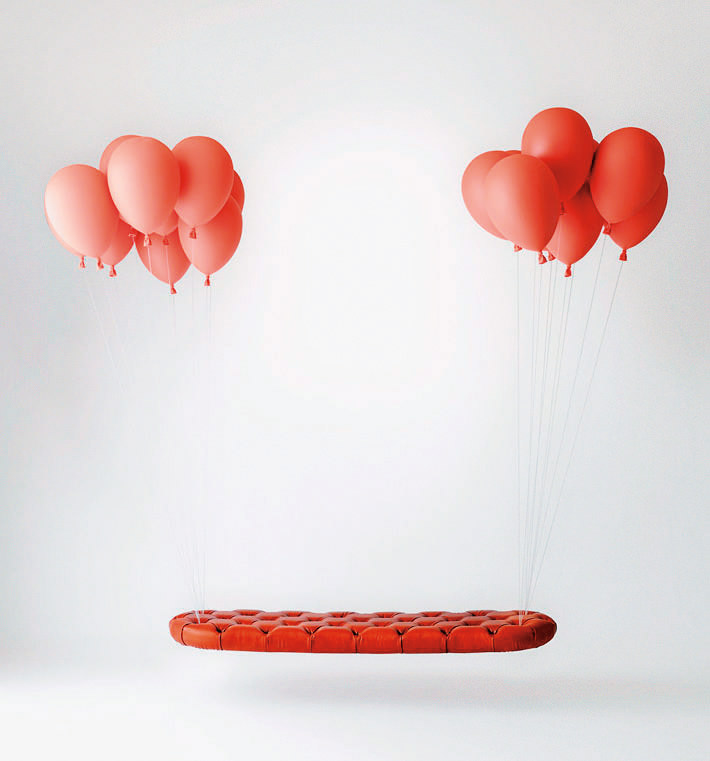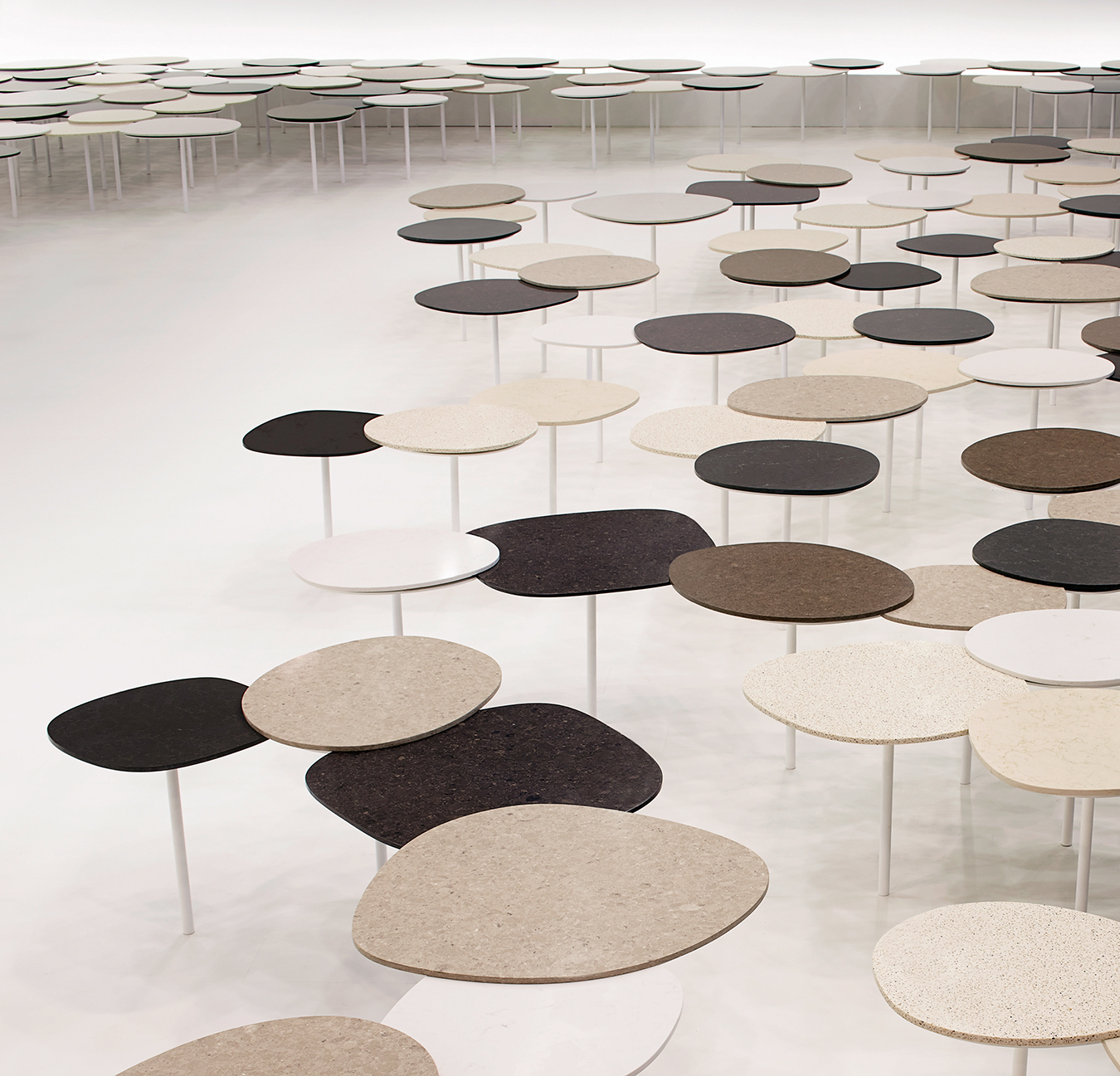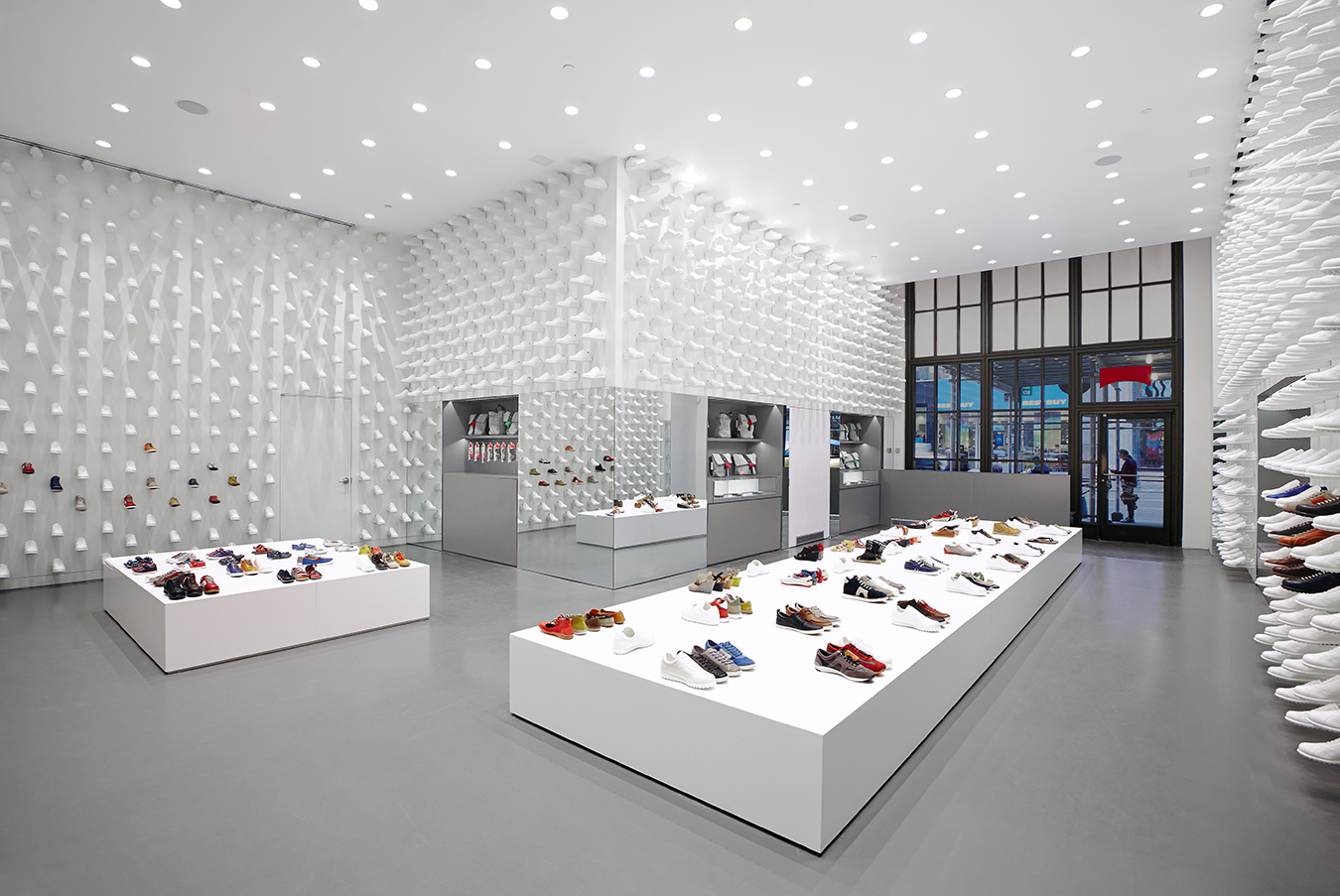-
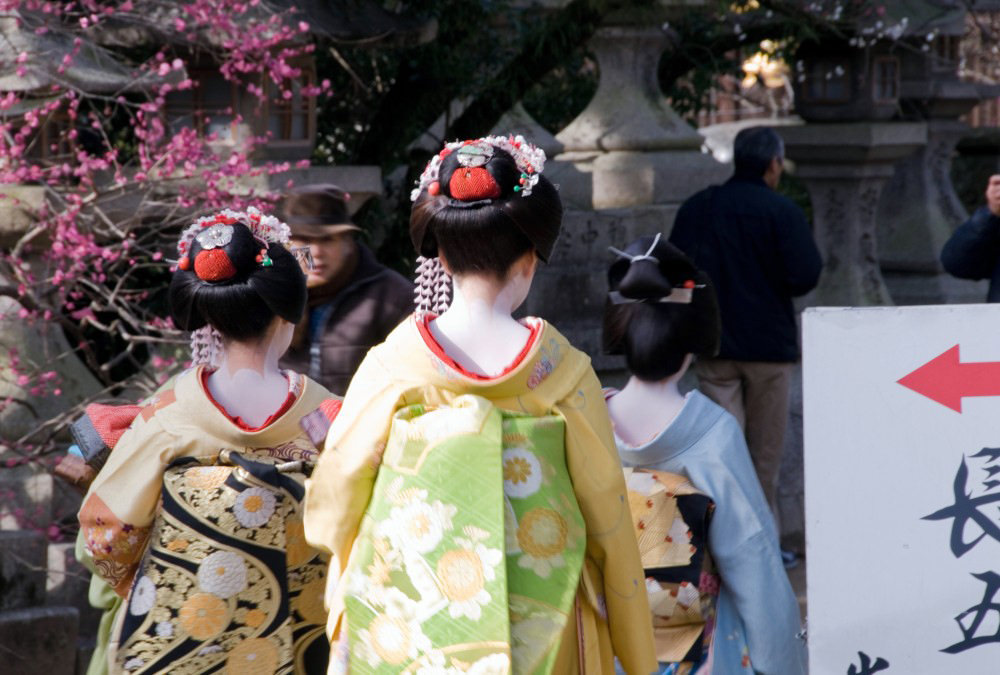
Kyoto’s Gion district is most famous for its geisha. Photo courtesy of Kyoto Convention & Visitors Bureau.
-
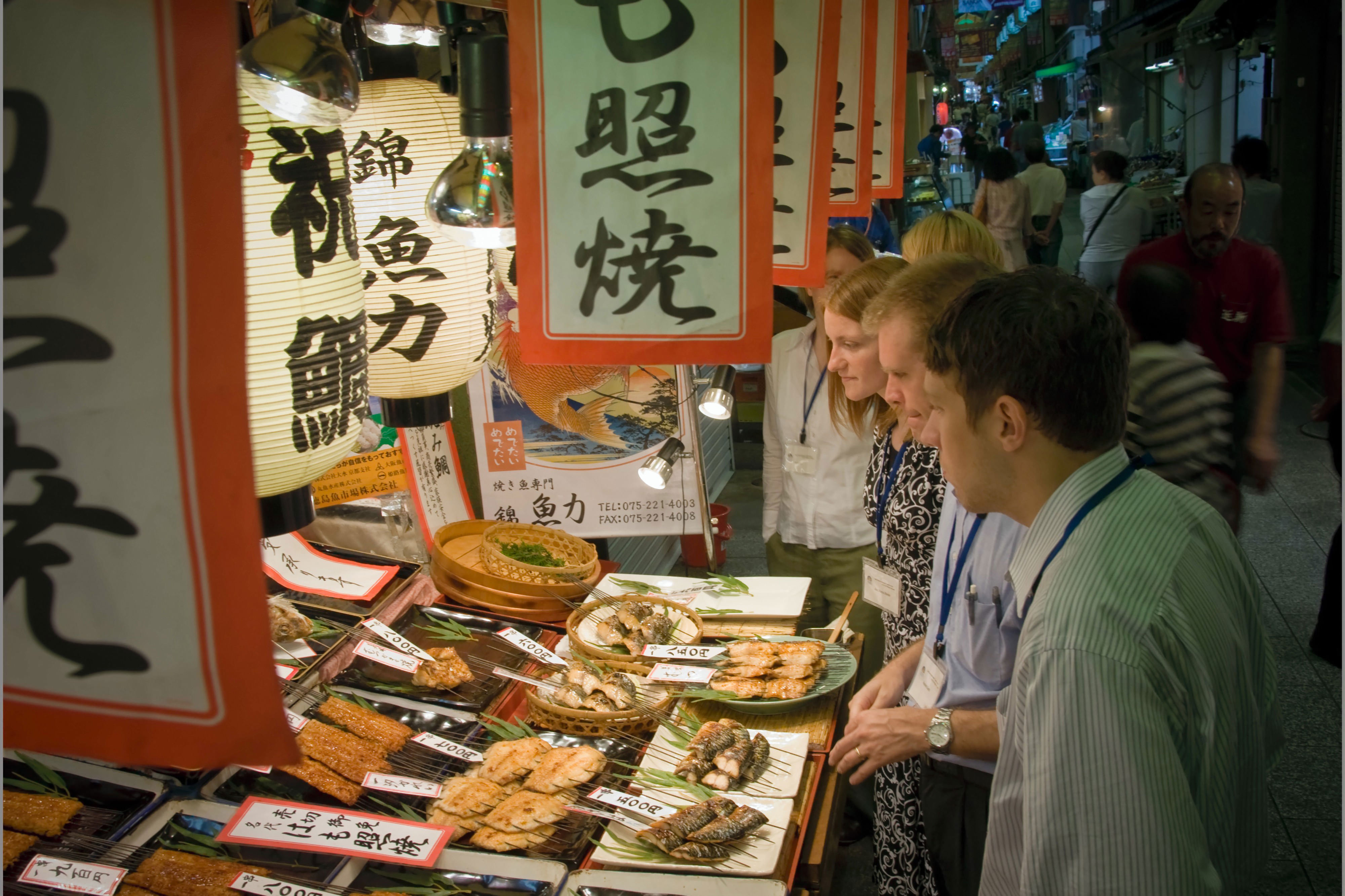
The Nishiki Market is lined with hundreds of food stalls. Photo courtesy of Kyoto Convention & Visitors Bureau.
-
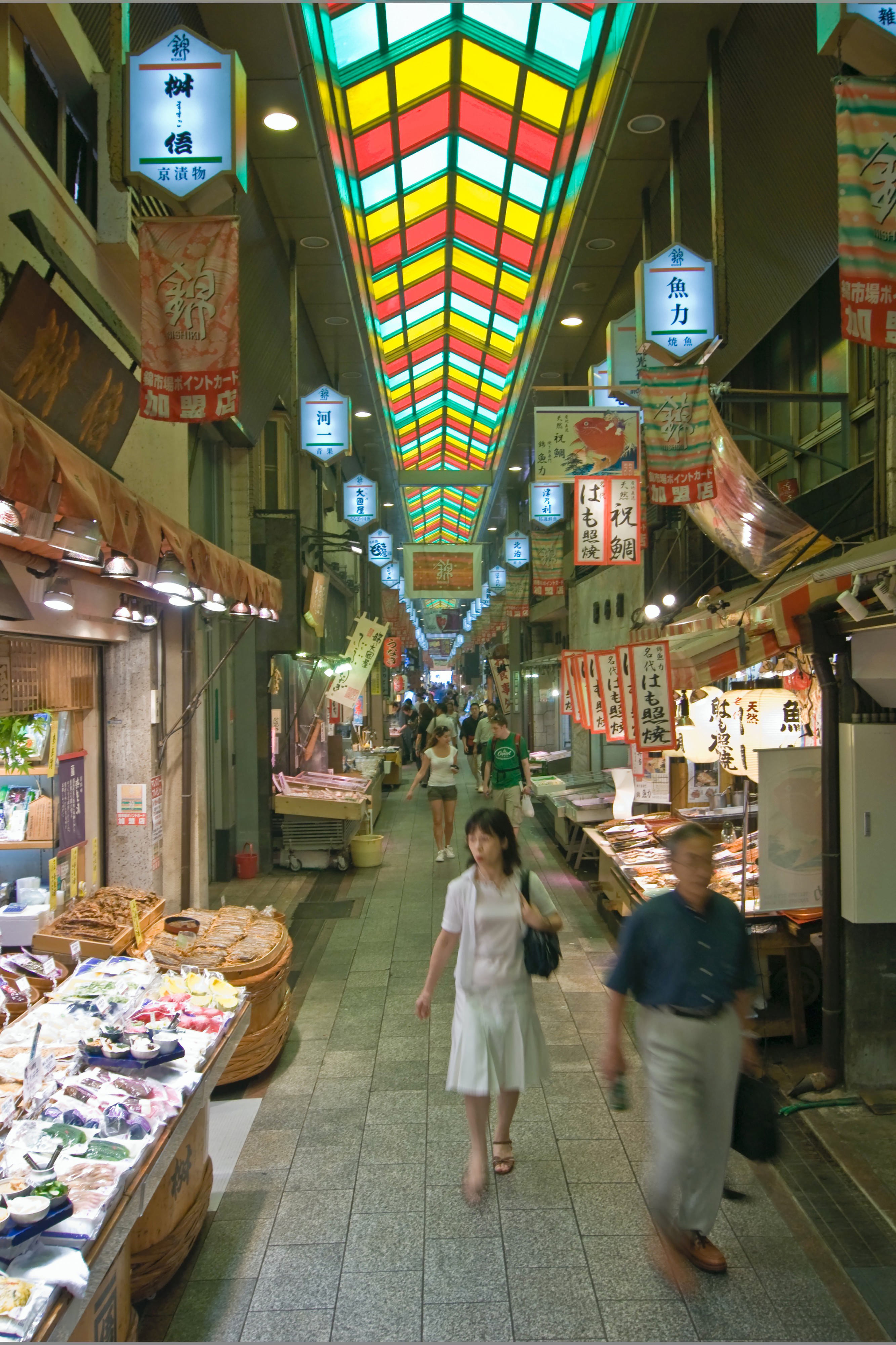
One can find many of Kyoto’s most well-known culinary delights at Nishiki Market. Photo courtesy of Kyoto Convention & Visitors Bureau.
-
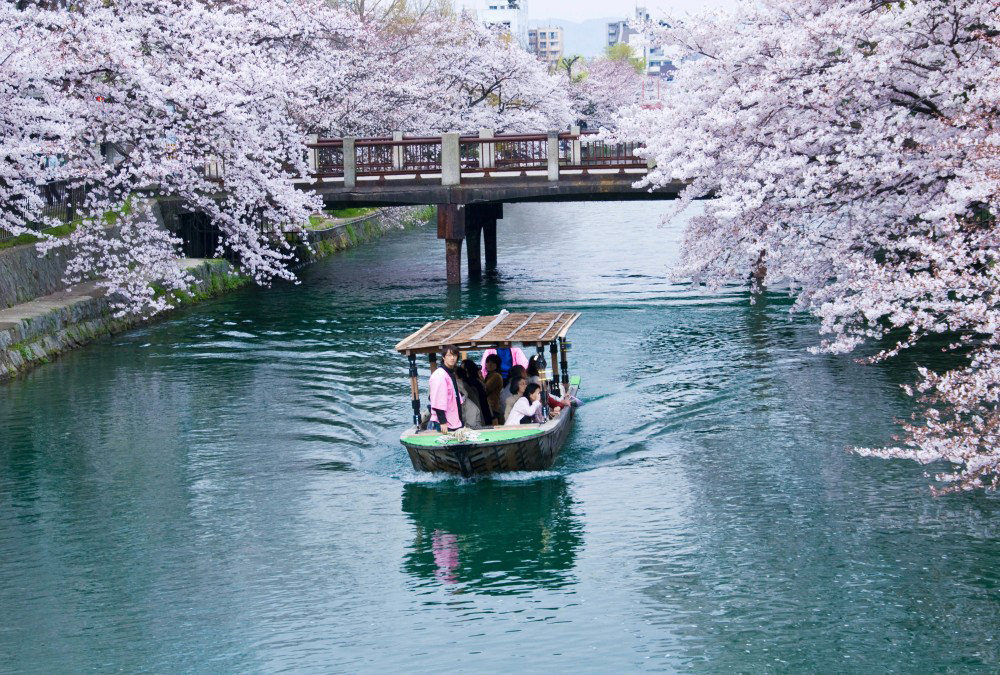
Springtime in Kyoto brings an abundance of cherry blossoms. Photo courtesy of Kyoto Convention & Visitors Bureau.
-
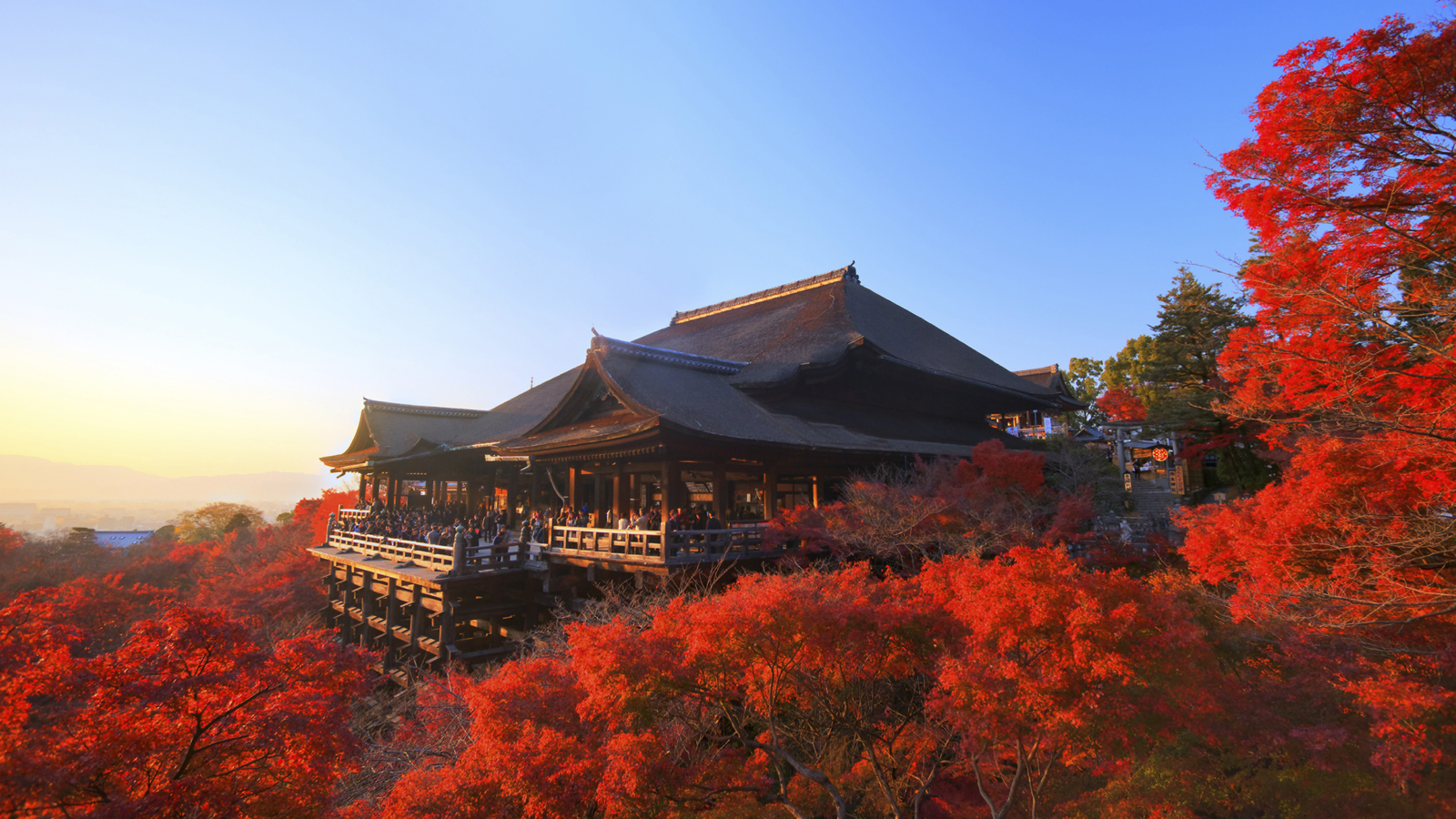
The Four Seasons Hotel Kyoto is perched on an 800-year-old pond garden. Photo courtesy of Four Seasons Hotel Kyoto.
-

Rooms at the Four Seasons Hotel Kyoto overlook the low-slung tiled roof of the adjacent, ancient Myoho-in Temple. Photo courtesy of Four Seasons Hotel Kyoto.
-
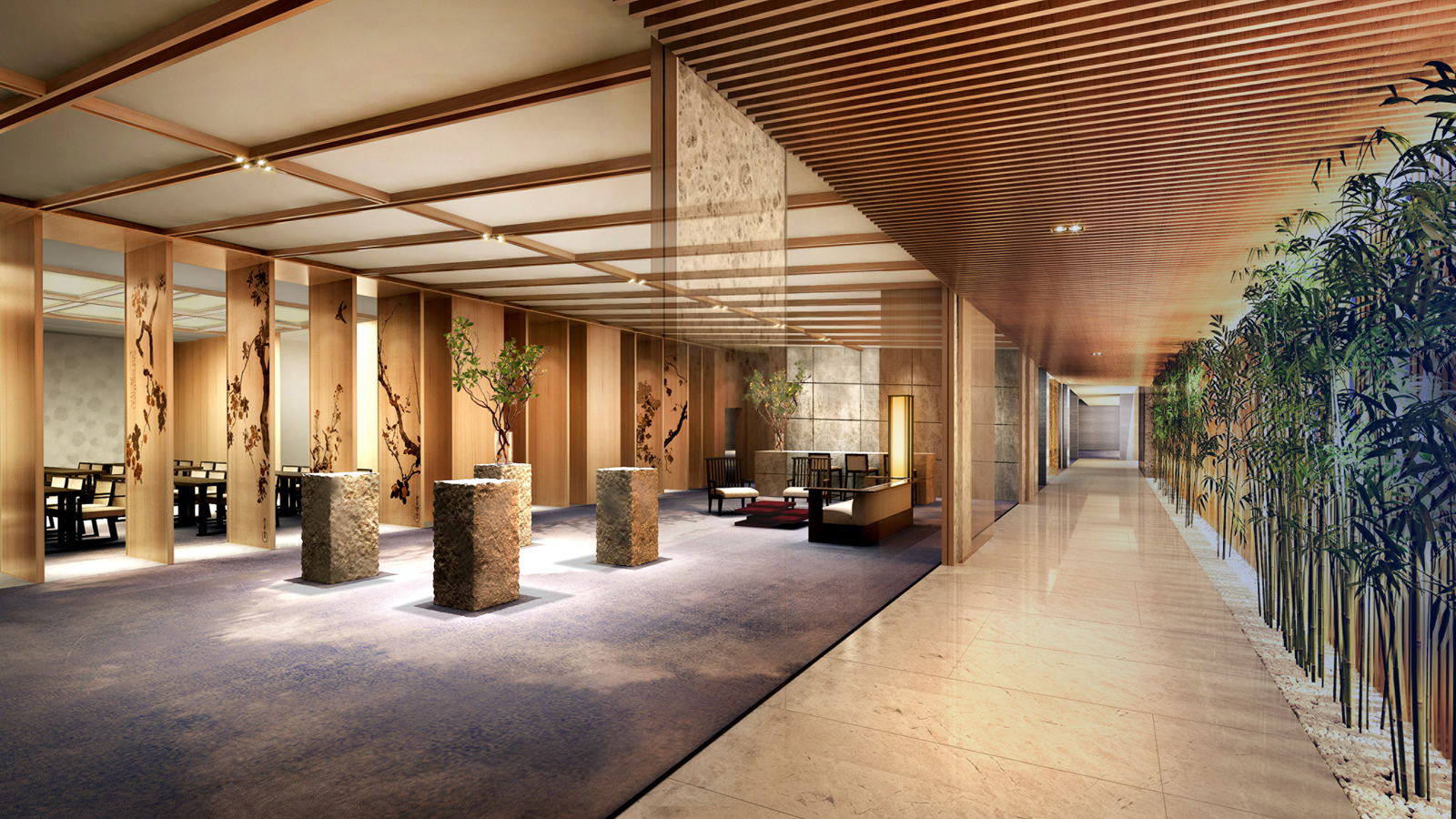
The Four Seasons Hotel Kyoto is less than a year old. Photo courtesy of Four Seasons Hotel Kyoto.
How to Spend 48 Hours in Kyoto
Discovering the City of History.
If you arrive in Kyoto by way of Tokyo—as most do—expecting a change of pace, readjust your assumptions. To see the former Imperial capital’s many highlights in just a couple days, one must be expeditious.
Start early at Fushimi Inari-taisha, which honours the god of rice and sake, at the foot of Mount Inari, as throngs of visitors arrive by the afternoon. The shrine is distinguished by its fabulous network of vermilion torii gates, thousands of which, ascending like dominoes, form trails that climb the mountain. Wandering towards the peak can take over an hour, so opting for an early fork in the trail has perks; along the shrine’s northern exit, Vermilion serves local espresso with a private backyard patio and a panoramic garden view.
In the heart of the city, Nishiki Market stretches several blocks. Over 400 years old, the market is stuffed with hundreds of stalls hawking specialties from savory fishcakes to roasted chestnuts to tofu donuts. Curious tourists twirl tako tamago, baby octopi that are stuffed with quail eggs, candied, and skewered on a stick—like lollipops for seafood lovers, or simply eye candy for Instagram.
Just below, and running parallel to Nishiki Market, Shijo-Dori is Kyoto’s upmarket shopping street—think Louis Vuitton and eight-floor department stores—while a few blocks north sees more homespun stock at Kyoto Design House. The boutique, tucked inside a minimalist building designed by Tadao Ando, is a temple to Kyoto’s handicrafts of the past and future. From hand-dyed silks to handmade chopstick rests, centuries-old crafts are made stylishly contemporary.
Across the Kamo River, Gion is an enigmatic attraction. The district is most famous for geisha, and home to the bulk of teahouses where they entertain, as well as Maruyama Park, where cherry blossoms flourish once a year. Spectators gather at dusk hoping for a glimpse of shuffling geisha on their way to performances, though these days they often skirt unwelcome glances by taking cabs. Nevertheless, the district itself is worth the wander, lined with historic architecture, from wooden buildings with shops and restaurants, to cobbled streets and rickety canals.
With foresight, your next stop is Giro Giro Hitoshina, which is often booked well in advance. The restaurant serves its own take on kaiseki, Kyoto’s centuries-old cuisine known for its multi-course, hours-long format, not to mention its lofty price. Giro Giro Hitoshina pares down the rich meal with buzzy ingredients that, while steeped in tradition, change every month to keep things playful and avant-garde.
Come morning, head to Weekenders Coffee Tominokoji, hidden towards the back of a small parking lot through sliding doors framed by foliage and bamboo, where they pull lightly roasted beans as early as 7:30 a.m. For a taste of tradition, Ippodo Tea is a touchstone. Three centuries old, the brand operates a buzzing shop and handsome tearoom. After preparing matcha with old-school bamboo whisks, guests are treated to sweets (each tea comes with a petite Japanese confection).
Kyoto is home to a staggering number of Buddhist temples, Shinto shrines, and pagodas—thousands, in fact. But if you haven’t had your fill by the first night, wake up to one in the morning: less than one year old, Four Seasons Hotel Kyoto perches on an 800-year-old pond garden with rooms overlooking the low-slung tiled roof of the adjacent, ancient Myoho-in Temple. The property is kitted out with a roster of riches, from sake baths at its subterranean spa, to fresh green tea in its guest rooms. Here, spotting geisha requires little luck—maiko, or geisha-in-training, charm guests with performances every weekend.
_________
Never miss a story. Sign up for NUVO’s weekly newsletter.


